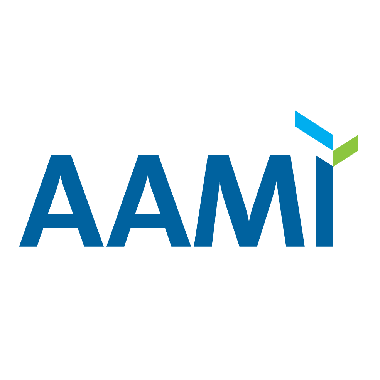
Press Release: MTI Staff was not involved in writing this content
Arlington, Virginia, Jan. 06, 2025 (GLOBE NEWSWIRE) — Whether a material is compatible with different sterilization methods is a serious concern for medical device manufacturers and sterile processing professionals. After all, cleaning or sterilization should not damage medical products. Newly updated AAMI guidance addresses this issue by clarifying how sterilization affects products and packaging.
The Association for the Advancement of Medical Instrumentation (AAMI) has published AAMI TIR17:2024; Compatibility of materials subject to sterilization. Last updated in 2017 to address an urgent need for information sharing, AAMI TIR17 is relevant to medical device manufacturers, product designers, and sterilization professionals.
TIR17 applies to new alternatives to ethylene oxide (EO) like chlorine dioxide and vaporized hydrogen peroxide, and addresses the selection and qualification of polymers, ceramics, and metals subject to sterilization. The guidance features:
- Information on modalities like ethylene oxide (EO), nitrogen dioxide, vaporized hydrogen peroxide, moist and dry heat, radiation, and more.
- Novel scientific data on how these modalities interact with 70 unique material types.
- Detailed guidance on modality switching and real-time and accelerated aging programs.
Jami McLaren, PhD, Sterility Assurance Fellow at Boston Scientific, is co-chair of AAMI’s Compatibility of Materials Subject to Sterilization Working Group. He said, “The most significant change in the new edition of AAMI TIR17 is the complete revision of the material compatibility table annexes. These annexes were revised with new compatibility ratings based on defined criteria to reference valid and traceable data that supports the rating.”
McLaren continued, “Compatibility of materials in sterilized products is a critical aspect of successful device development. AAMI TIR17 provides valuable information on aspects of several sterilization modalities that can impact material compatibility and how medical device materials interact with these modalities.”
TIR17 also addresses:
- Material selection: Addressing each sterilization modality and choosing compatible materials.
- Material processing: Optimizing material performance to avoid processing errors and negative results.
- Material testing: Assessing the product and packaging for functionality and safety after sterilization and aging.
- Accelerated aging programs: Ensuring correlation with real-time aging while reducing cost and time required.



